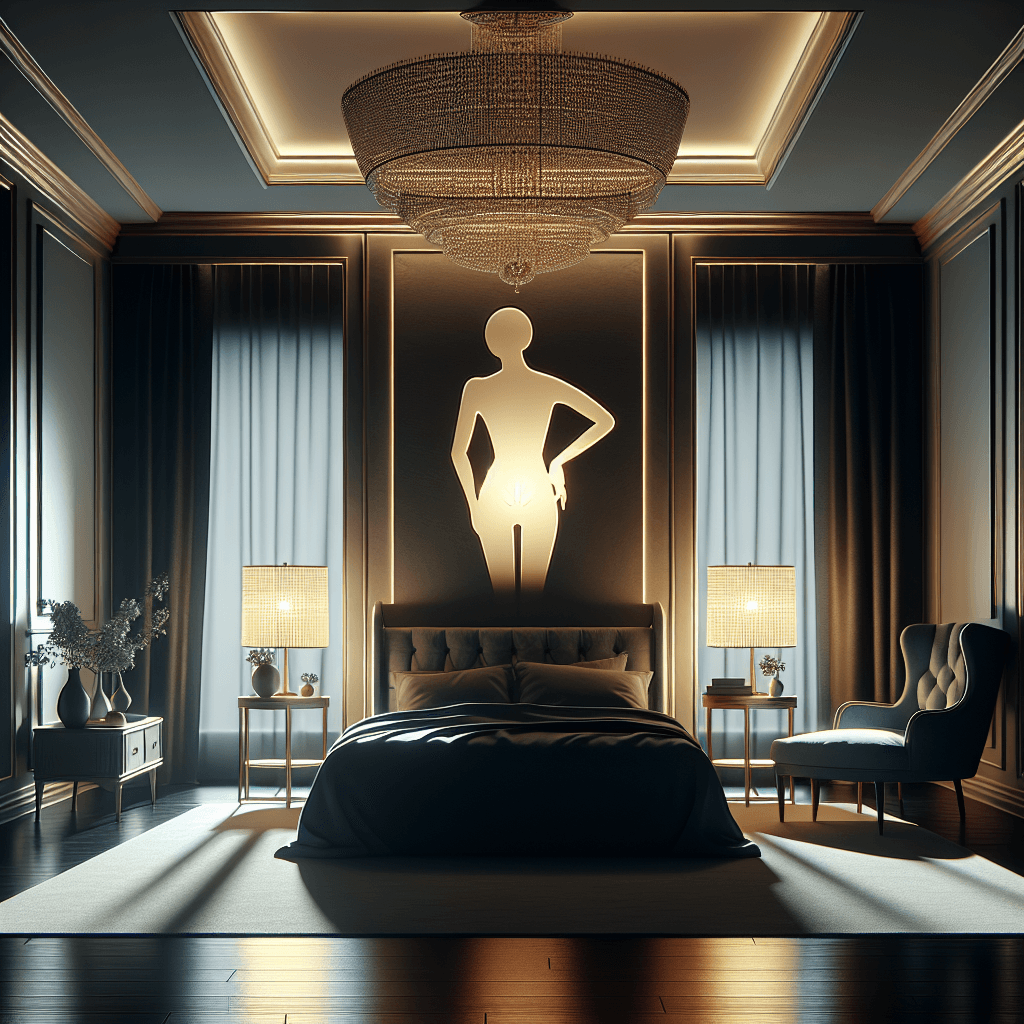Discover the best position to sleep and relieve your sciatica instantly
Introduction: Relieving Sciatica While Sleeping
Learn how a good night’s sleep can transform your sciatica pain into lasting relief. Sciatica, a condition that is far more common than you might think, robs thousands of people of that restful rest every night. Understanding the connection between your sleep position and sciatica pain management is crucial to improving your quality of life.
This article guides you through the most effective sleeping positions to relieve sciatica pain , optimizing your nighttime comfort. We'll explore the causes of sciatica pain, the best sleeping positions, practical tips for adjusting your sleeping environment, and complementary approaches to soothe sciatica.
Part 1: Understanding Sciatica Pain
What is sciatica pain?
Definition and causes of sciatica
Sciatica is characterized by pain that follows the path of the sciatic nerve, the longest nerve in your body, extending from your lower back down to your legs. According to the Mayo Clinic , common causes include a herniated disc, a narrowing of the spinal canal, or compression of the nerve by an inflamed muscle Mayo Clinic, 2023 .
Symptoms associated with sciatica
The main symptoms of sciatica include shooting or burning pain in the lower back, tingling, and muscle weakness. Recognizing a sciatica attack often involves pain that is worse with sudden movements, prolonged sitting, or standing.
Why is sleep crucial for sciatica management?
Sleep plays a vital role in managing chronic pain, promoting nerve recovery and improving pain tolerance. Restorative sleep helps decrease inflammation and restore nerve function.
📌 To Remember :
- Understanding the source of your sciatica pain is the first step toward better sleep.
- Sciatica is triggered by a variety of causes, including structural and inflammatory problems.
- Good sleep is essential for nerve recovery and chronic pain management.
Part 2: Choosing the Best Sleeping Position
Sleeping Positions That Relieve Sciatica
Sleeping on your back with your knees elevated
This position is beneficial because it helps align the spine, reducing pressure on the sciatic nerve. By placing a pillow under your knees, you can maintain optimal alignment while distributing your body weight evenly Spine Health, 2023 .
Sleeping on your side with a pillow between your knees
Sleeping on your side with a pillow between your knees minimizes pelvic rotation, thus maintaining neutral spinal alignment. This reduces strain on your hips and back, thereby relieving sciatica pain .
Avoid certain aggravating sleeping positions
Certain positions, such as sleeping on your stomach, can exacerbate sciatica by excessively arching your spine. Learn to avoid these positions by gradually adjusting your sleeping habits.
📌 To Remember :
- Adopting the correct posture can significantly reduce nighttime sciatica pain.
- Sleeping on your back with your knees elevated and on your side with a pillow are recommended positions.
- Avoid sleeping on your stomach to prevent sciatica from getting worse.
Part 3: Adapting Your Sleep Environment
Optimizing Your Sleep Space for Sciatica
Choosing the right mattress and pillow
A firm but soft mattress that supports the natural curve of your spine is essential. Supportive pillows, which conform to the shape of your head and neck, can also help maintain proper alignment.
Creating a Bedtime Routine That Helps Relieve Sciatica
Incorporate relaxation techniques, such as meditation or deep breathing, to calm the mind before sleep. Make sure to go to bed at the same time each night to establish a beneficial pattern.
Maintain good posture throughout the day
Daytime posture greatly influences nighttime pain. Adopt postural practices such as sitting upright with lumbar support to reduce pressure on the sciatic nerve.
📌 To Remember :
- A suitable sleeping environment optimizes the positive effects of a good position.
- Choose a mattress and pillows that support correct posture.
- A regular bedtime routine and good daily posture are crucial to relieving sciatica.
Part 4: Complementary Approaches to Relieve Sciatica
Integrating Complementary Solutions into your Routine
Stretching exercises to reduce pain
Gentle stretches, such as pigeon pose or hamstring curls, can help reduce pressure on the sciatic nerve before bed. Studies have shown that these regular stretches improve mobility and reduce pain ([Stretching Effectiveness Study, 2023]).
Use of thermal therapies
Applying hot or cold compresses can provide temporary relief by reducing inflammation and relaxing muscles. Incorporate these therapies into your routine to maximize the benefits.
Consult a healthcare professional
If the pain persists despite your efforts, it is crucial to consult a health professional. A doctor or physiotherapist can offer personalized and effective treatments.
📌 To Remember :
- Complementary solutions enhance the effectiveness of adapted sleeping positions.
- Stretching and heat therapy are proven methods for relieving sciatica.
- Consult a professional for personalized advice if pain persists.
Part 5: Testimonies and Personally Applied Experiences
Testimonies of Those Who Overcame Sciatica at Night
Real Success Stories
Marie, 42, shares how adopting the side sleeping position with a pillow transformed her nights. Thanks to these adjustments, she was able to reduce her dependence on medication and regain a better quality of life.
Practical advice from real experience
Many people report that small changes, such as incorporating a relaxation routine before bed, have significantly improved their pain.
📌 To Remember :
- Learning from others' successes can inspire your own journey to relief.
- Simple, practical adaptations can have a significant impact on sciatica management.
- Real-life testimonies reinforce the importance of adapting your environment and sleeping habits.
Conclusion: Sleep Better to Relieve Your Sciatica
We've covered the causes of sciatica, optimal sleeping positions, and environmental adjustments to live pain-free. By implementing these changes tonight, you can reduce sciatica pain and improve your quality of life. Check out more articles on our site to learn more and take care of your health.
FAQ: Sciatica Relief While Sleeping
-
What position is best for sleeping with sciatica?
The best position is often on your back with your knees elevated or on your side with a pillow between your knees. -
What type of mattress is recommended for sciatica?
A medium-firm mattress that supports the natural curve of the spine is recommended. -
Can Before Bed Exercises Help Sciatica?
Yes, gentle stretching before bed can reduce pressure on the sciatic nerve.
-
Can I use pillows to reduce sciatica pain?
Absolutely, pillows can help maintain proper spinal alignment. -
When should I see a professional for my sciatica?
If pain persists despite adjustments, consult a healthcare professional.
Integration of Recommended Products
For optimal comfort while you sleep, consider using our memory foam cotton leg pillow to keep your spine aligned and relieve sciatica pain【4:8†source】.





